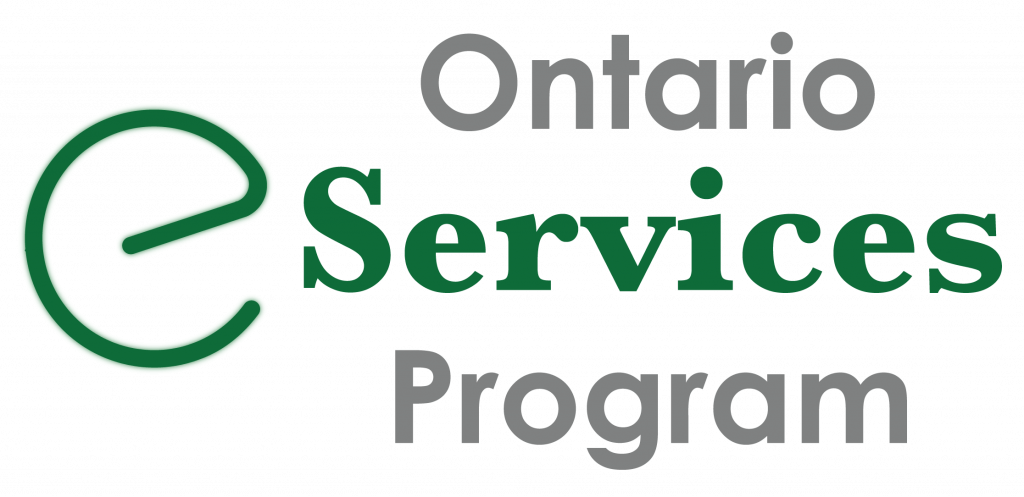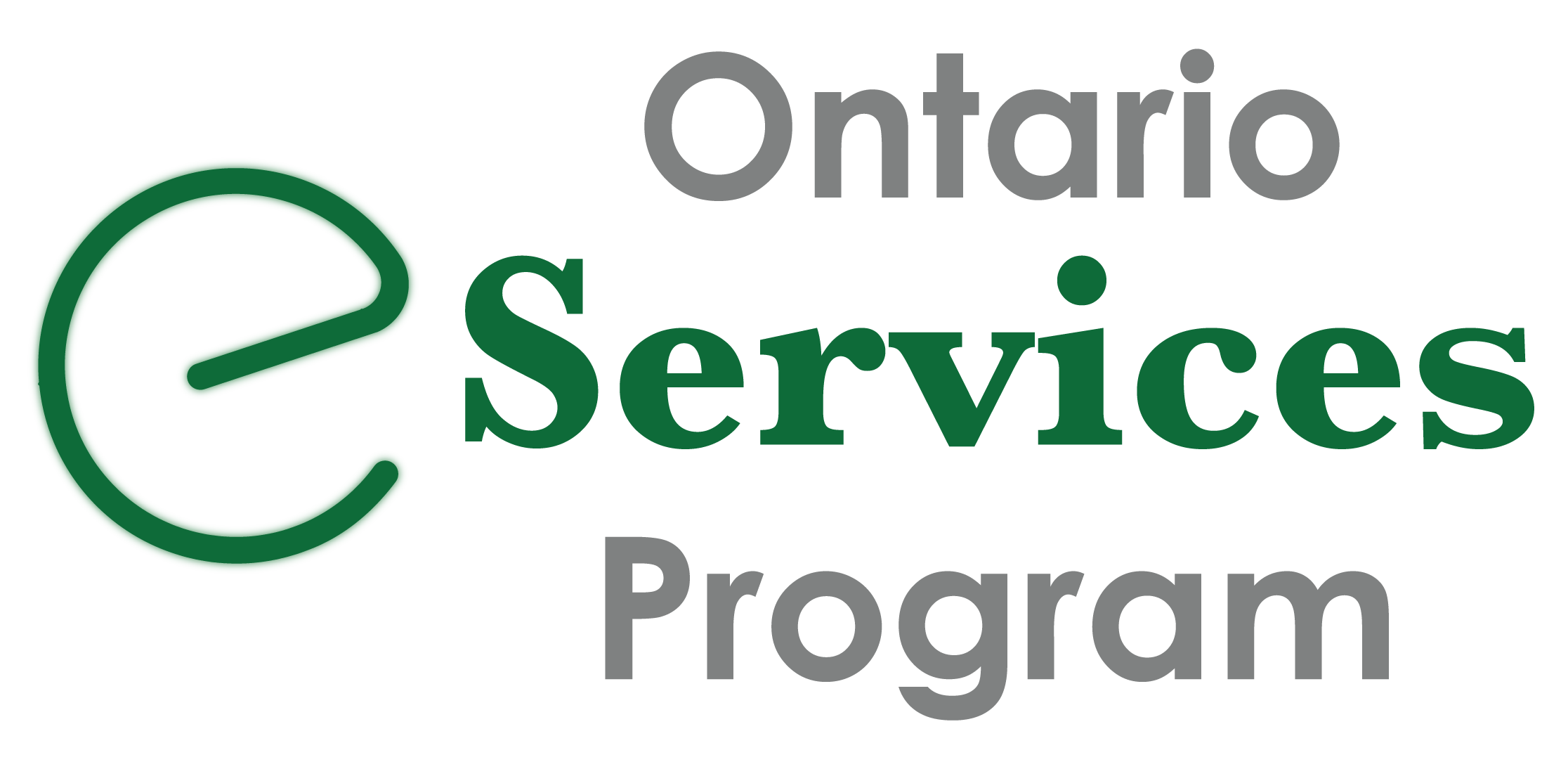About eOrdering
eOrdering allows clinicians to electronically send lab orders directly from their EMR. The orders can then be accessed by the participating labs directly from the OLIS-MORE
The Lab eOrdering project is starting with the electronic ordering of lab services currently available on the Provincial Lab Requisition, through a Limited Production Release (LPR). Once it is deployed in a limited way to select clinicians for a six-month period, it will remain in place and be augmented based on the LPR’s clinically-informed evaluation and enhancements process to support provincial spread and scale.
Participating labs will be able to securely access the lab order electronically through the Ontario Laboratories Information System – Mobile Orders and Results Entry application (OLIS-MORE), and will not require the hardcopy requisition. This addresses the existing issue of lost requisitions, reduces the paperwork burden and the need for manual data entry, adds an additional layer of privacy and security of patient information, and ensures that the ordered lab tests are only being completed once.
The long-term goal is to transition to a paperless process once all labs are participating in the Lab eOrdering initiative.
Labs
LifeLabs, DynaCare and Alpha Labs are the three labs that are participating in the Lab eOrdering LPR.
Clinicians
Approximately 50 clinicians are participating in the Lab eOrdering LPR.
EMR Vendors
The eOrdering LPR currently includes integrations with Alpha GlobeMed EMR and CHR EMR Advantage. Other EMR Vendors will be added shortly.
Duration
The eOrdering LPR will run for six months, until approximately November 2024. After this time, eOrdering will expand beyond the LPR.

Clinician Benefits
- Allows clinicians to electronically submit OHIP Laboratory Requisitions directly from their EMR, without a separate web portal
- Facilitates clinician workflow by leveraging provider authentication and patient information from the EMR, minimizing steps to order testing
- Ensures orders are immediately available to laboratories, minimizing delays, fax errors, and time required to email or mail requisitions to patients
- Reduces clinician and staff burden from re-issuing lost lab requisitions
- Provides visibility into order status with near real-time tracking, and order-result matching for individual patients
- Allows clinicians to more easily meet CPSO requirements to follow up on any test ordered
- Provides foundation for advanced features over time (e.g., decision support, duplicate order identification, etc.)
Patient Benefits
- Maintains freedom of patient choice of lab
- Reduces need for patients to pick up the requisition form from the clinician’s office
- Reduces risk of unnecessary and redundant lab testing, as laboratories can perform all pending tests in a single visit
- Eliminates risk of lost or mis-directed requisitions
- Enhances the patient experience
- Meets accessibility requirements (e.g., AODA)
Note: Patients can go to the lab of their choice. If they choose to go to a non-participating lab, they will simply provide their hardcopy requisition form upon arrival at the lab.


Lab Benefits
- No order ambiguity or tampering
- No transcription errors
- Alignment to current workflow
- Increases complete requisitions to minimize administrative back-and-forth
- Reduces testing errors and delays related to illegibility or misinterpretation of printed orders
- Reduces effort and cost to build and maintain direct interfaces with EMRs
System Benefits
- Aligns with the Ministry of Health’s Digital First for Health Strategy, “Patients Before Paperwork” initiative
- Facilitates integration with existing Ontario Health assets, including Ontario Laboratories Information System, to reduce unnecessary testing
- Reduces costs incurred from duplicate tests ordered by multiple providers by allowing laboratories to compare pending orders and complete testing once
- Centralizes lab ordering data to support future quality improvement initiatives
- Reduces inappropriate system spending
- Allows for centrally managed product improvement, minimizing variation in versions

The Background
A provincial eOrdering Working Group (co-chaired by OH and the Ontario eServices Program) was established in July 2021. The objective was to facilitate a collaboration amongst stakeholders to identify the requirements and needs for digital ordering to be successful in Ontario.
Between July 2021 and January 2022, the working group worked to develop recommendations for eOrdering in Ontario, building on what’s working and moving forward with recommendations for what could be improved. These recommendations are guiding the eOrdering LPR in Ontario.
The Lab eOrdering LPR initiative is a collaboration between:



